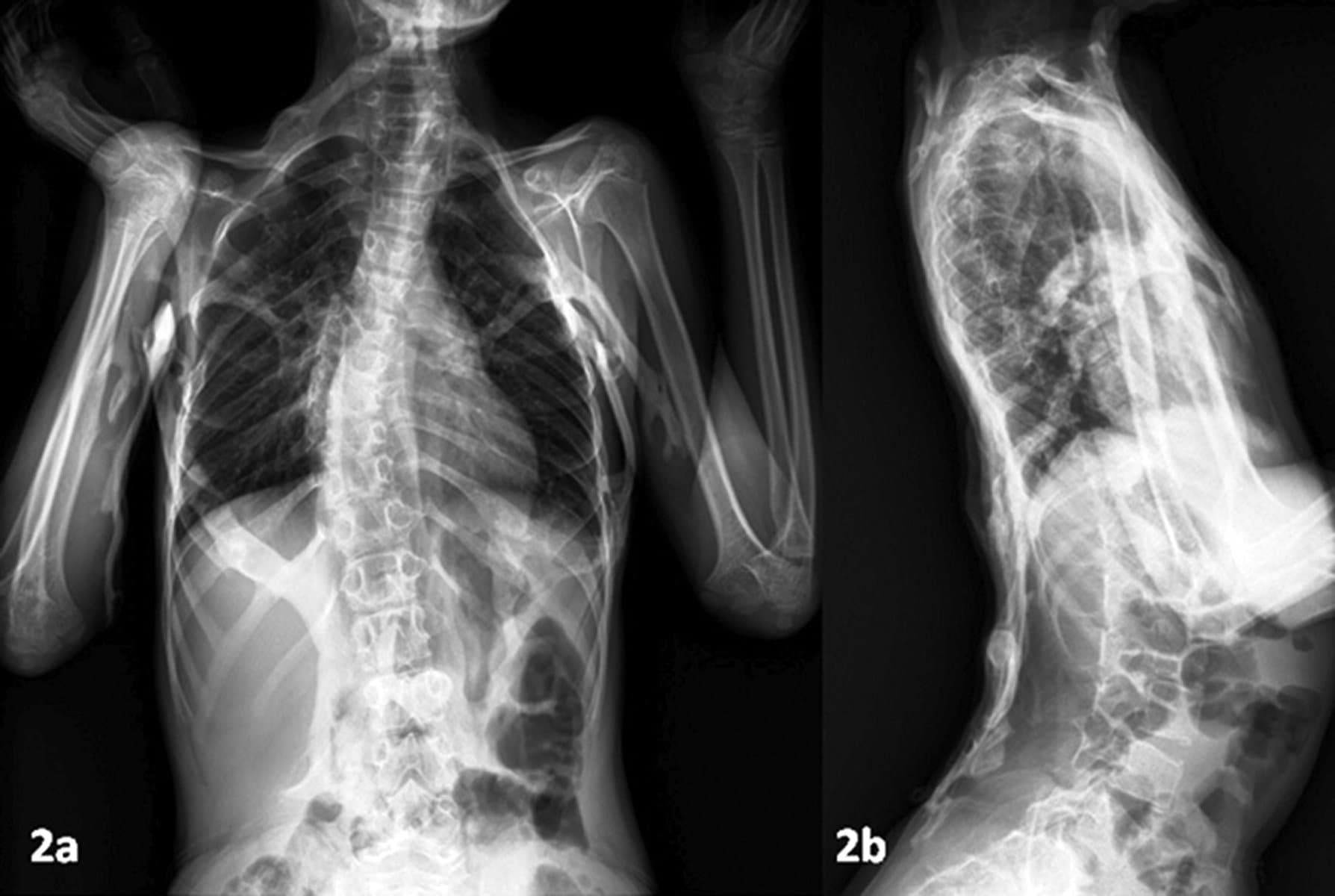Medical advances mean that the world’s most fatal diseases no longer impact developed countries like before. However, they’re still out there and afflict many populations across the globe. That’s why it’s crucial to be aware of them because we never know when they’ll strike.
Let’s look at some chilling facts about the world’s most fatal diseases. Some of these conditions are very common like malaria and influenza but can still be lethal. Others are more obscure but this makes them even deadlier. Check out these disturbing illnesses below and their scariest traits.

Stoneman Syndrome
This is one of the most unusual conditions on this list because it only afflicts about 800 people in the world. In short, it causes the body’s fibrous tissues to solidify and turn into bone. Finally, the body is like a statue because it becomes very difficult and painful to move.
It’s a prepubescent condition that develops and spreads over time. Eventually, it renders sufferers immobile, deaf, and incapable of eating without help. There’s no cure for this horrifying disease and it destroys the overall quality of life. Luckily it’s rare because it’s like something from a science-fiction movie. (via Vinmec)
